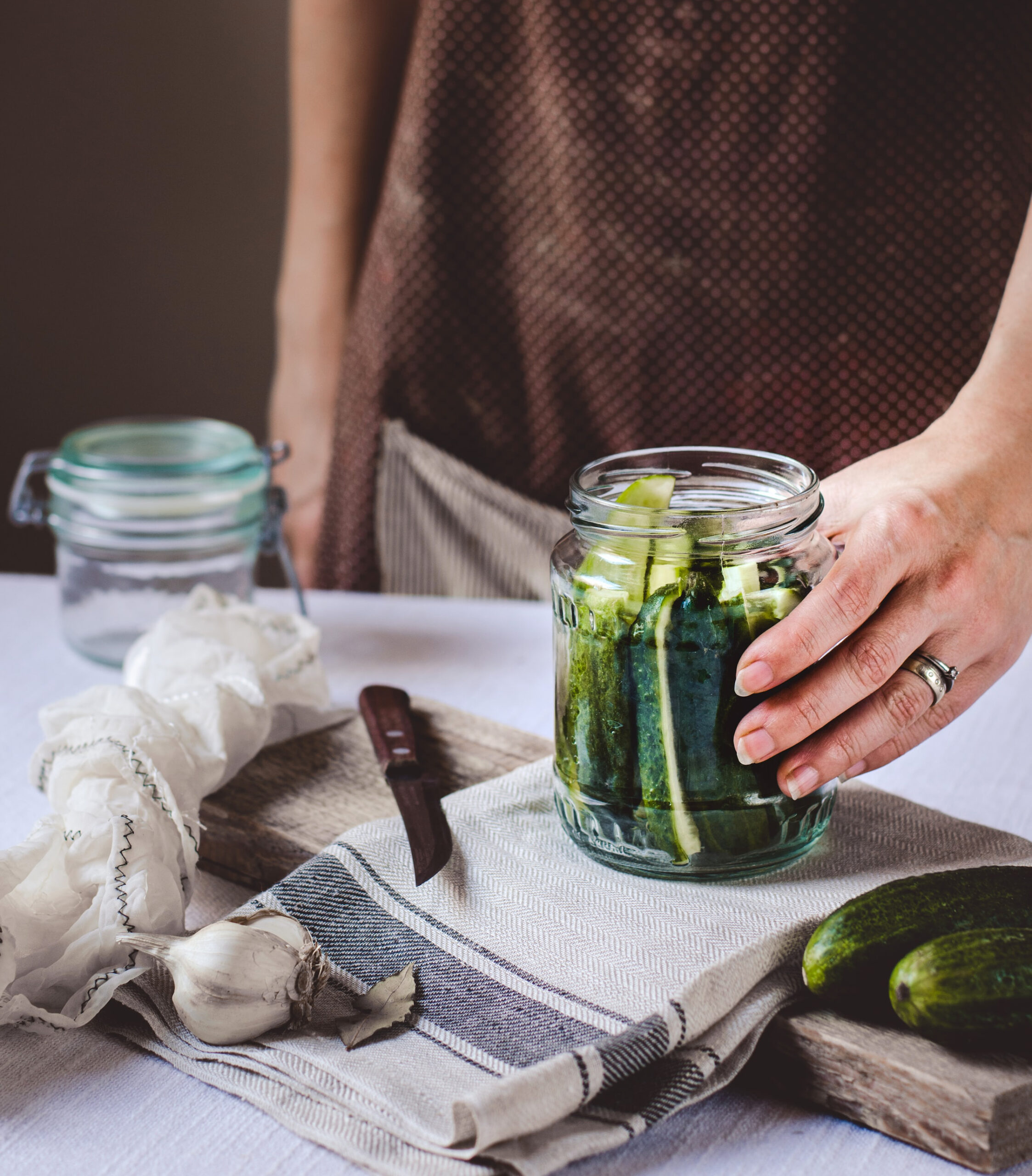


#Canning #Dehydrating #Gardening and Agriculture #Jarring #Pickling
Doug Fogelson
Countries that have a long winter or shorter/challenged growing conditions often have a strong tradition of “putting food by” or saving it without losing too much of its taste or nutritional value. Indigenous cultures around the world have perfected many practices that then informed our modern-day methods to store food. Some of the most common ways to extend the use and enjoyment of food is by pickling, jarring, or canning in airtight containers so that oxygen doesn’t spoil the contents. Aside from the “wet” ways to store foods, one can also easily preserve a harvest by dehydrating fruits, vegetables, nuts, herbs, or meats. Dehydration can be accomplished using sunlight, air, an oven, a dehydrator machine, or even a microwave.
One can save money and reduce carbon emissions using these simple preservation methods with foods that you know have been grown in local, seasonal, and sustainable ways. There’s a particular joy to be found in eating a delicious meal some time later from ingredients that have been well-preserved.
Additionally when you do have food waste the best practice is to compost the unused material and turn it back into something like nutrient rich soil or additives to help create more food and complete the circle.
According to the Sustainable Living Report, an additional benefit of jarring food is that it increases waste.